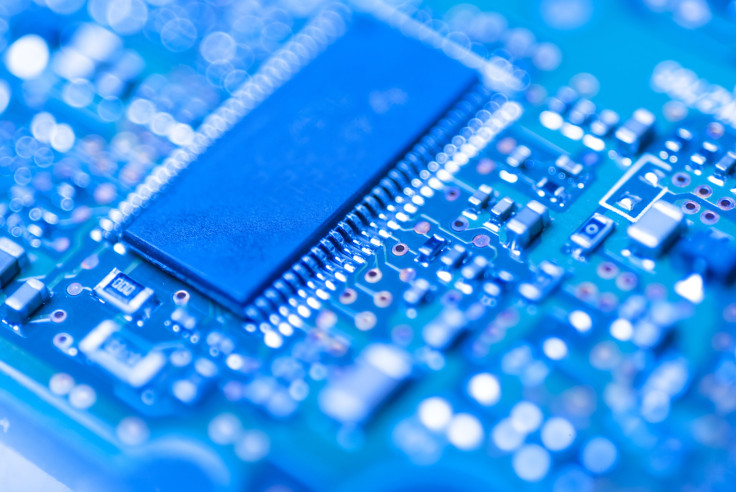IBM Microchip Can Mimic Human Brain; Researchers Working To Enable It To Learn Through Experience

What do you do with a microchip capable of mimicking the human brain? Apparenty just about anything. The scientists behind TrueNorth, a chip outfitted with millions of neurons and synapses, predict that this impressive piece of silicon will be used for products ranging from glasses for the blind to driverless cars.With the team now working to enable TrueNorth to learn through experiences, it seems the idea of artificial intelligence may soon be a reality.
The TrueNorth is arguably the future of electronics, with Dharmendra Modha, co-author of the study outlining the chip’s development, describing the it as “a new machine for a new era.” The chip is the product of IBM researchers, Samsung technology, and of course DARPA’s money, Popular Mechanics reported. Computer scientists are essentially science fiction fans at heart and the TrueNorth chip is a culmination of their lifetime dreams to design a computer as efficient as the human brain. The researchers borrowed concepts from our own brain’s biology, such as its ability to connect its approximately 100 billion neurons, as core focus of TrueNorth’s design.
What makes the TrueNorth “a completely new architecture for microchips," is its unique design. Most conventional microchips use what called Von Neumann architecture. TrueNorth steps away from this traditional approach by more closely mimicking actual real brain functions and having its neurosynaptic core driven only when an electrical charge reaches a specific value. This not only saves energy, but it makes the chip highly efficient.
"It's exciting to see large-scale neuromorphic computing arrive in the scientific community at large," Michael Schumuker, a neuroscientist and computer scientist from Free University of Berlin told Popular Mechanics.
Although the chip’s engineering is impressive, what it’s potentially capable of is the truly astonishing part. The neural networks and neuromorphic chips in TrueNorth are ideal for recognizing pictures. In tests the chip was able to identify people,cars, trucks, and buses. “The scientists say the chip has incredible potential: It could be used in glasses for the visually impaired, medical imagers that can spot early signs of disease, and even driverless cars,” Modha explained.
TrueNorth is not meant to replace today’s computer chip but rather increase its effectiveness by working alongside already available technology. “The two kinds of computing are meant to go together, like yin and yang or milk and cookies" says Modha.
Now to address the question that is surely on everyone’s mind: is TrueNorth the first step towards a highly functioning artificial intelligence? The developers did not exactly touch on this subject but did comment that future developments of TrueNorth will be aimed towards enabling experiences to change the chip. In other words they want to give TrueNorth the ability to learn. Of course the creation of a computer that learns through experience is simply a goal at the moment. TrueNorth’s researchers want to team up with other computer scientists to help realize this goal. ”We need a huge community of developers who create neuromorphic solutions to practical computing problems,“ concluded Schumuker.
SourceL Modha DS, Merolla PA, Arthur JV, et al. A million spiking-neuron integrated circuit with a scalable communication network and interface. Science. 2014



























